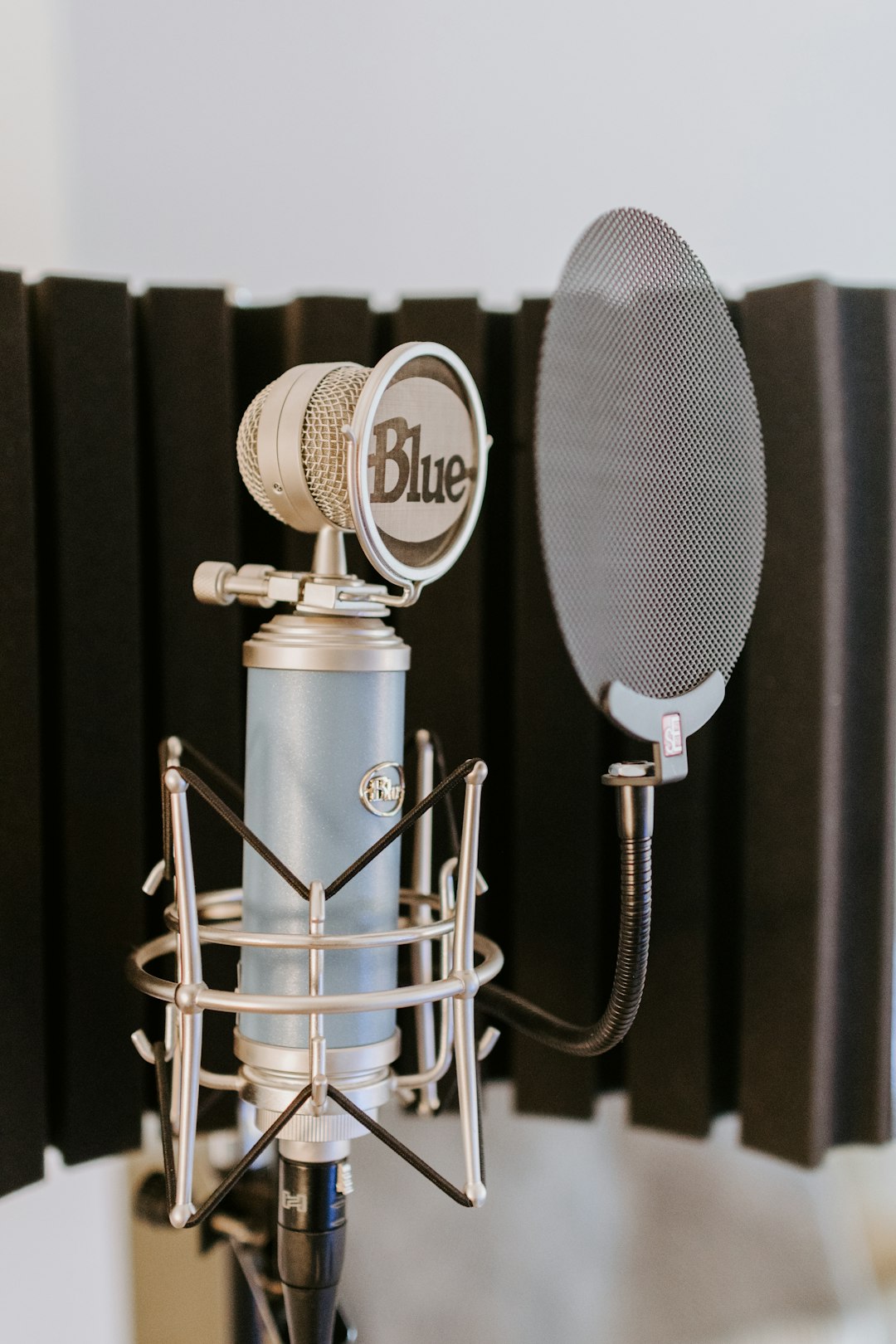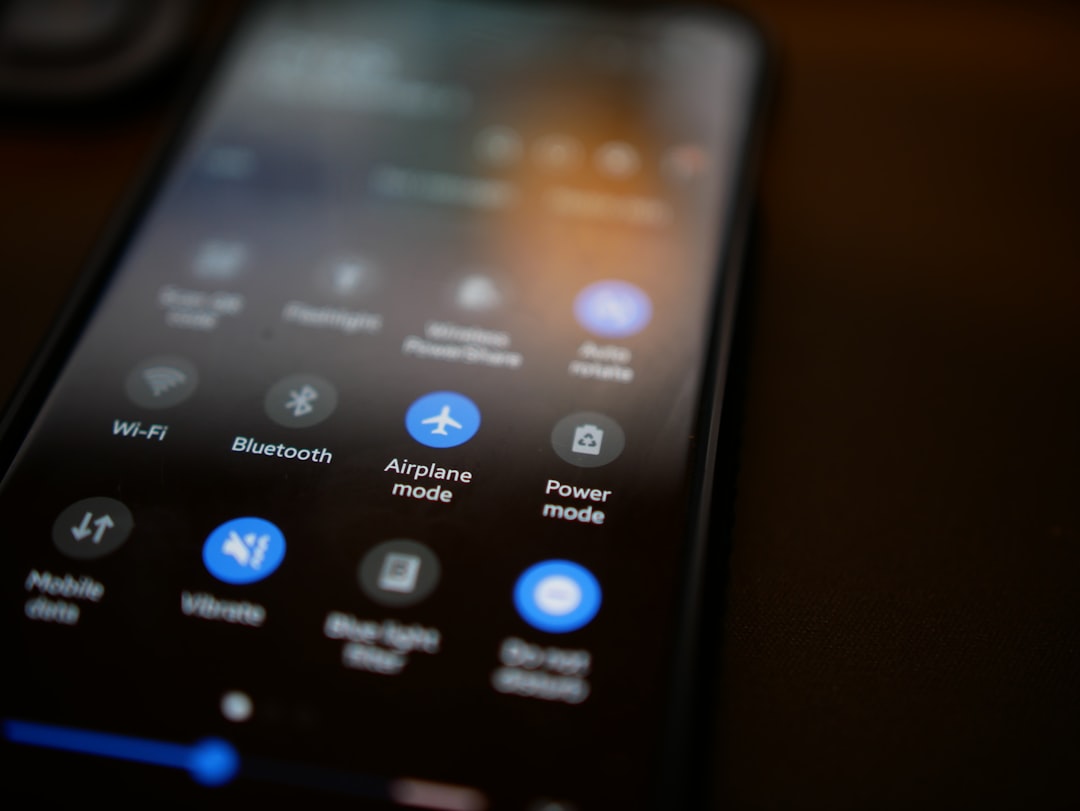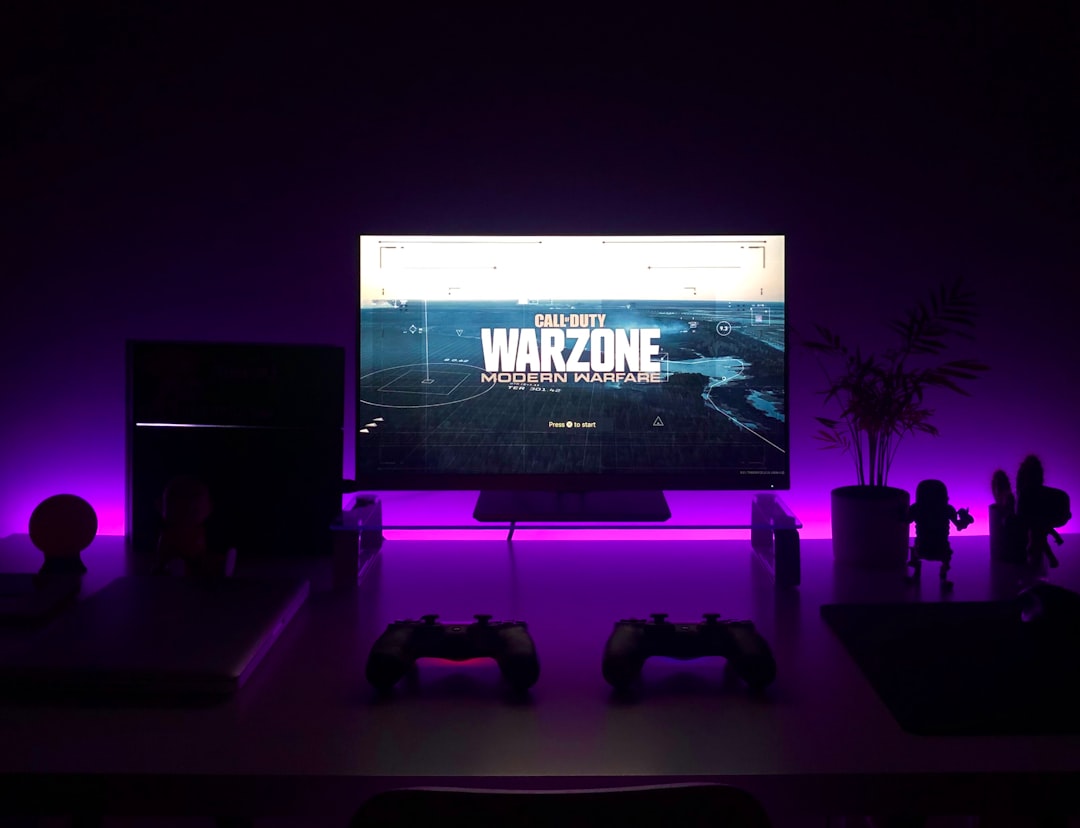Online communication is a fundamental part of multiplayer and co-op gaming, virtual meetings, and even remote learning. Two of the most common voice communication options available in many applications and gaming platforms are Voice Chat and Push To Talk (PTT). While both serve to enable real-time verbal communication, their functionality and purpose differ significantly. Understanding these differences is not only helpful for smoother communication but also for enhanced user experience.
At the core, both options allow people to talk to one another over a microphone through an internet connection. However, the way the microphone is activated in each method changes how users interact with the system and with others in the environment.
Voice Chat
Voice Chat, often referred to as open mic or always-on mic, keeps the microphone activated at all times or when sound is detected above a certain threshold. This means that the system picks up audio whenever the user speaks—without requiring any physical action to toggle it on or off.
In platforms where real-time communication is crucial, such as team-based online games or virtual workspaces, voice chat helps maintain the flow of conversation. Users can talk freely without having to divert their attention to pressing a key or a button.
However, this method also introduces some potential issues. Background noise, unintended sounds, or even private conversations can be transmitted unintentionally. This is why such systems often include background noise suppression and voice activity detection features to minimize disruptions.

Advantages of Voice Chat:
- Hands-free communication
- More natural conversation flow
- Ideal for fast-paced environments
Disadvantages:
- Detects background noise
- Can lead to privacy breaches
- Potential drainage of system resources
Push To Talk (PTT)
Push To Talk is a method where the microphone activates only while a designated button is pressed. This option gives the user full control over when their voice is transmitted. It’s widely used in military and emergency communications, as well as in online platforms where clutter-free communication is crucial.
Gamers, streamers, and online meeting participants often prefer PTT to avoid broadcasting every sound or conversation that might occur in their environment. This method also helps avoid “mic spam” — moments where users transmit loud, random, or repeated noises.

Advantages of Push To Talk:
- User controls when they are heard
- Reduces background noise transmission
- Better privacy and professionalism
Disadvantages:
- Requires constant physical input
- Can interrupt natural conversation flow
- May be hard to use while multitasking
Choosing the Right Option
The ideal choice between Voice Chat and Push To Talk often depends on the context and the user’s environment. In quiet, professional settings, PTT may be preferable for avoiding unnecessary distractions. In contrast, for high-paced games or collaborative creative tasks, voice chat can offer seamless communication.
Many platforms allow users to switch between the two depending on their needs, and some even combine the two—using auto-mute features, adjustable thresholds, and AI-powered filters to make communication smarter and smoother.

FAQ
- Q: Can I use both Voice Chat and Push To Talk at the same time?
A: Typically, no. Most systems require you to choose one mode, but some programs offer hybrid solutions where Voice Chat becomes temporarily overridden by Push To Talk. - Q: Which one is better for streaming or recording?
A: Push To Talk is generally better for streaming or recording as it allows more control over what is shared, minimizing unwanted background noise. - Q: Does Push To Talk reduce lag or internet usage?
A: Slightly, yes. Since your microphone is not transmitting continuously, there’s marginally less bandwidth usage compared to always-on Voice Chat. - Q: Is it difficult to set up Push To Talk?
A: Most platforms make it easy to configure. You simply assign a key or button in the settings to use as your talk control. - Q: Are there accessibility concerns with Push To Talk?
A: Yes, individuals with mobility challenges might find it difficult to use PTT. In such cases, Voice Chat with noise filters may be a better option.
Ultimately, whether to use Voice Chat or Push To Talk depends on the user’s personal preferences and technical needs. By understanding the differences, users can ensure effective and interruption-free communication in any digital environment.

